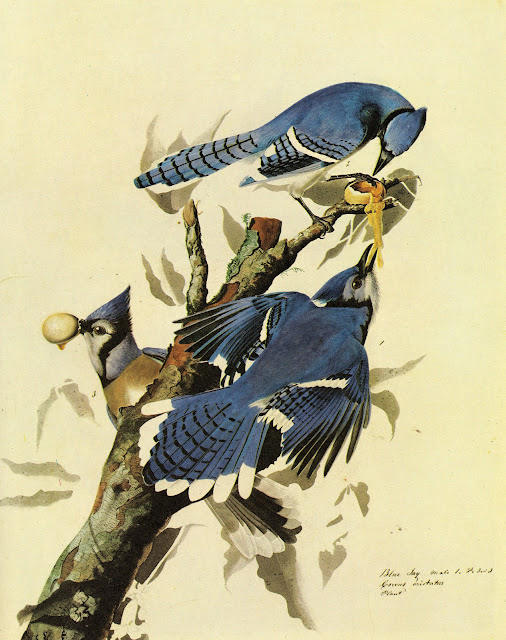| Introduction to Europe Maps, part I: Ireland (Ibernie Insvle) and Great Britain (Albionis Insvle). |
This cosmography was commissioned by Nicolaus Germanus in 1465 and dedicated to the Pope Paul II. Nicolaus Germanus (1420-1490) was a german cartographer, who lived temporally as a monk of Benedictine order, possibly on the Reichenbach Monastery, and later on a Benedictine Monastery close to Florencia, Italy ¿?. His works were of great value in diffusing the knowledges of Ptolemy's Geography. Apart of this Cosmography, I know that in Modena (Italy), the Bibliotheca Estensis has another latin translation of the Geography of Ptolemy, probably still not digitized. Another cosmography is also hosted at Lenox Library in New York. The most important characteristic of this Cosmography is that Nicolaus, instead of adhering to the flat projection of Ptolemy, chose what is known as the “Donis” projection system, that he invented, in which the parallels of latitude are equidistant, but meridians are made to converge towards the pole. This projection system is also known as “trapezoid projection”. Another interesting characteristic in this compilation is the introduction of updated maps for Spain, Italy and the Northern countries.

























